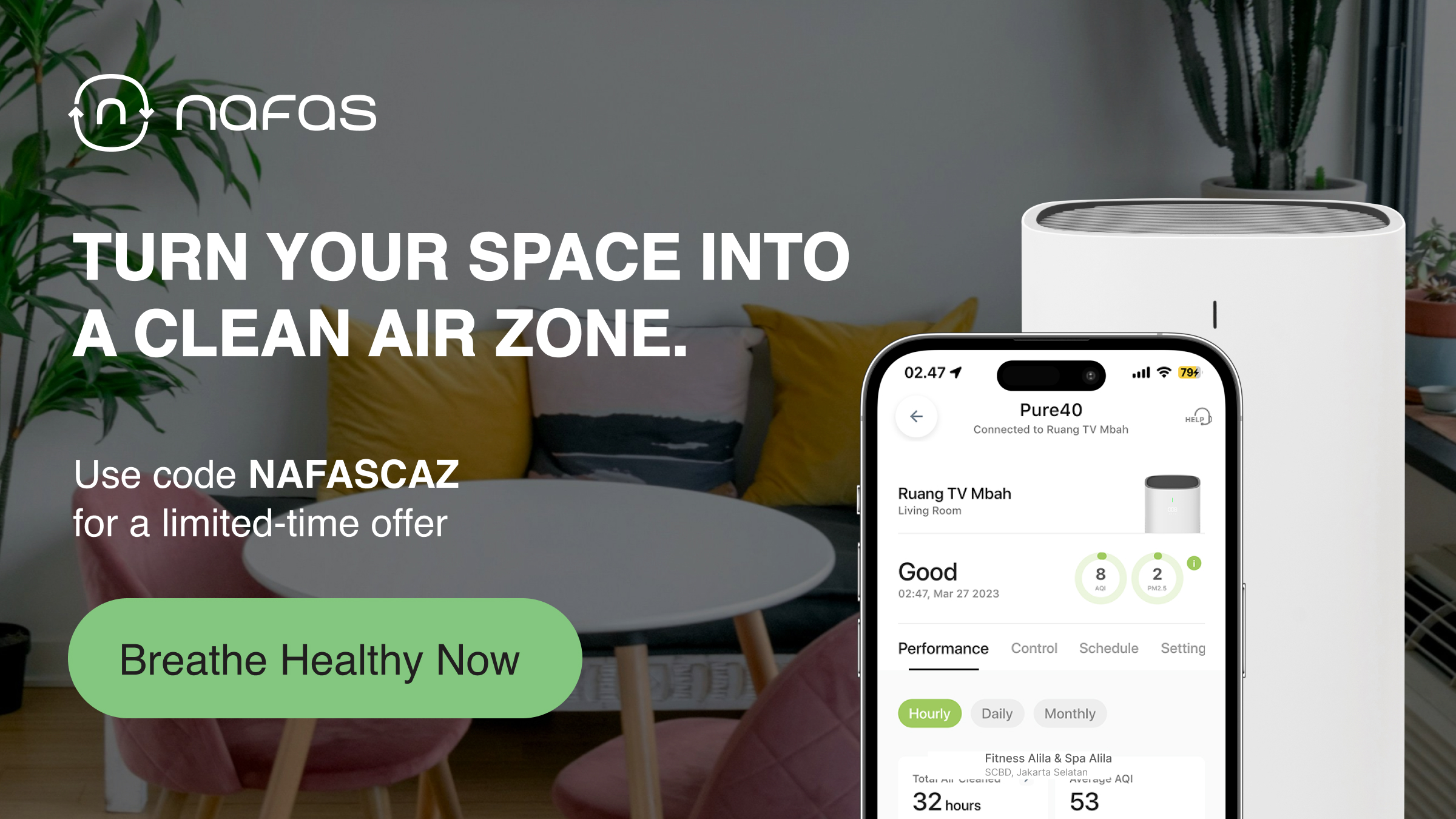LEARN / ARTICLE
When Good Habits Meet Bad Air: Exercise and Pollution on Your Lungs
In today's urbanized world, many individuals are beginning to exercise to stay healthy, yet they face the challenge of air pollution. During the dry season, air pollutants are in higher amounts than during the rainy season. The hourly average mostly falls at on unhealthy level.
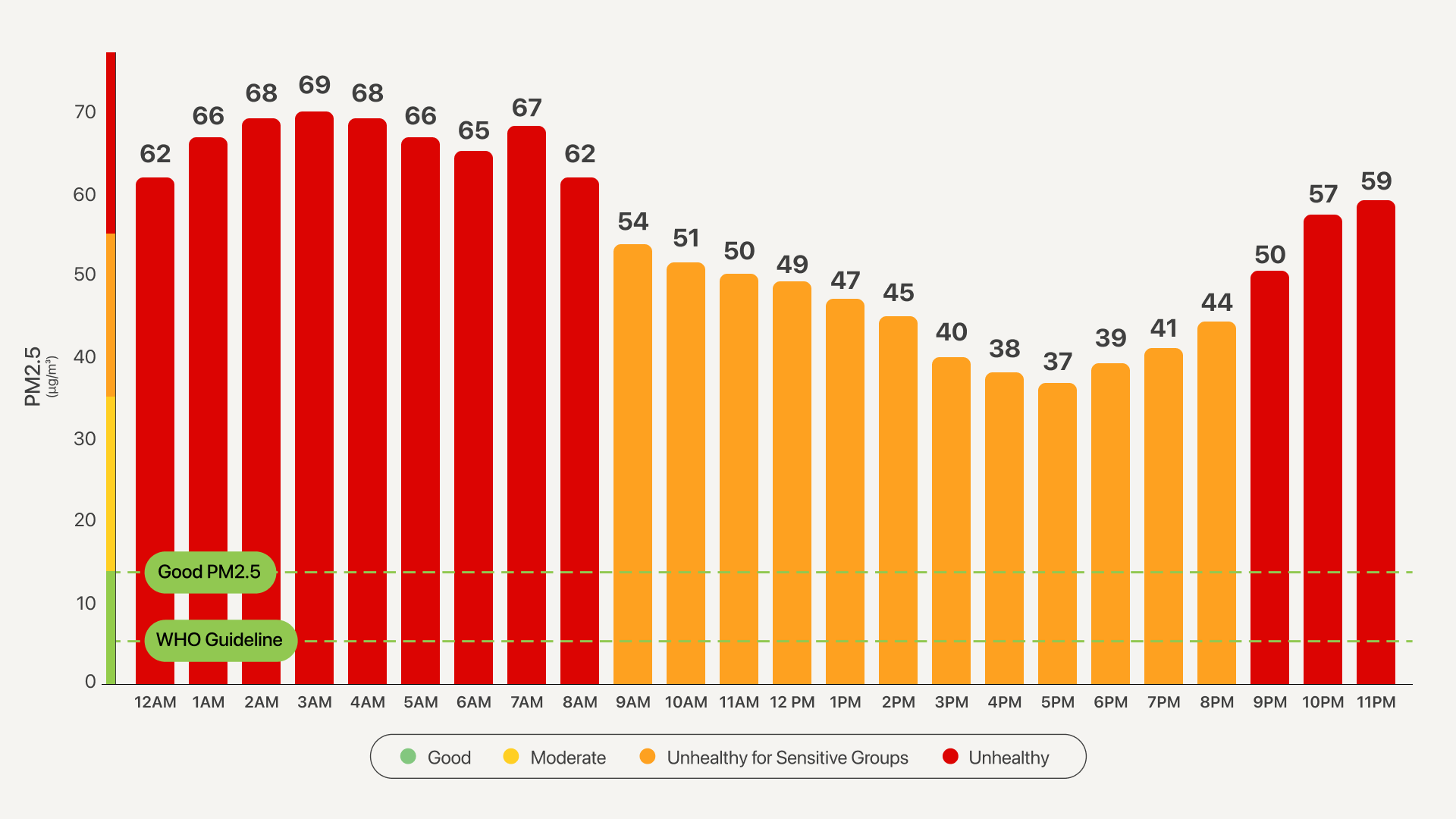
The average of PM2.5 in SCBD area June 2025
A study from Taiwan highlights that physical activity is still beneficial, but cleaner air is crucial to maximize these benefits and protect lung health.
The Dual Impact
It's widely accepted that regular exercise improves lung function and strengthens the circulatory system. The Taiwanese study, involving 278,065 adults over 13 years, reaffirmed this, showing that habitual PA was consistently associated with better lung capacity (Forced Vital Capacity - FVC, Forced Expiratory Volume in the first second - FEV1) and airflow (Maximum Mid-Expiratory Flow - MMEF).
However, the reality of breathing polluted air presents a significant counterpoint. Long-term exposure to fine particulate matter (PM2.5) is detrimental to lung health. The study found that each 10 μg/m3 increase in PM2.5 was associated with a notable reduction in lung function, including a 2.43% lower FVC and 2.78% lower FEV1. This negative impact persisted regardless of a person's level of physical activity.
The Interaction: When Good Habits Meet Bad Air
A critical insight from the Taiwanese study is the significant negative interaction between long-term PM2.5 exposure and habitual PA. When you exercise, your breathing intensifies dramatically. You breathe about 11,000 liters of air in 24 hours on average, but this can surge to 14,400 liters in just one hour during exercise. This increased ventilation means a higher intake of air pollutants.
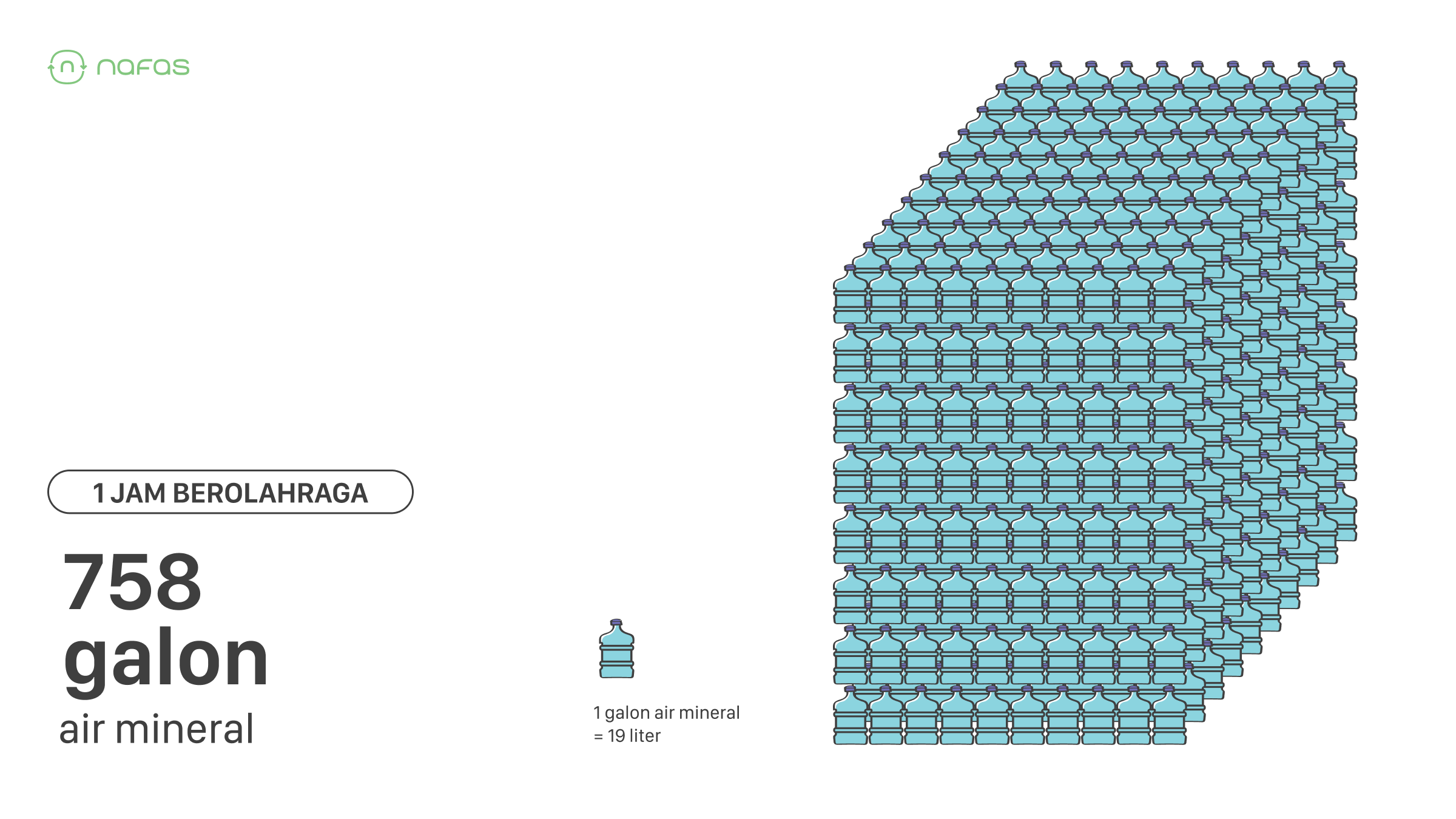
Furthermore, exercising often leads to mouth breathing, bypassing the nasal filters that normally trap larger particles, allowing pollutants to travel deeper into the respiratory system and increasing their diffusion into the body.
This enhanced pollutant intake during exercise can attenuate, or lessen, the usual benefits of physical activity on lung function. The study observed that PM2.5 exposure was associated with a greater reduction in lung function among participants who engaged in higher levels of PA. In fact, the overall negative effect of air pollution on lung function was stronger than the positive effect of habitual physical activity.
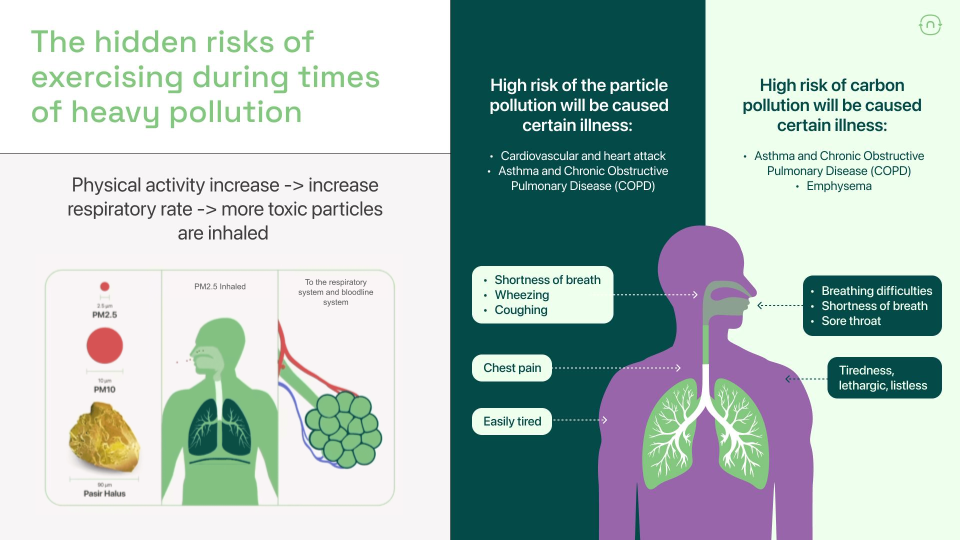
Keep Moving, But Be Mindful
To mitigate risks and maximize benefits, individuals living in polluted regions can take several practical steps:
- Regularly Check Air Quality: Utilize air quality monitoring applications to inform exercise decisions.
- Consider Timing and Duration: Adjust exercise times to periods of lower pollution, if possible. Limit the duration of outdoor exercise, especially when pollution levels are high, as there are "break-even points" where longer exposure yields diminishing returns or even harm.
- Wear a Mask: When outdoors, consider wearing a respirator mask, such as an N95, to filter out particulate matter.
- Shift Activities Indoors: During periods of high pollution, move workouts indoors. Some gyms or studios may offer guaranteed healthy indoor air quality.
Now, everyone can train with peace of mind, knowing that the air they breathe during every squat, sprint, and stretch is healthy, filtered, monitored, and optimized in real time in the gym that uses Clean Air Zone. The indoor activity would be less worried by the bad air pollutants because these gyms are managed and monitored with Clean Air Zone. This is not just air purification—it’s a full ecosystem that makes indoor spaces truly safe and healthy to breathe in.
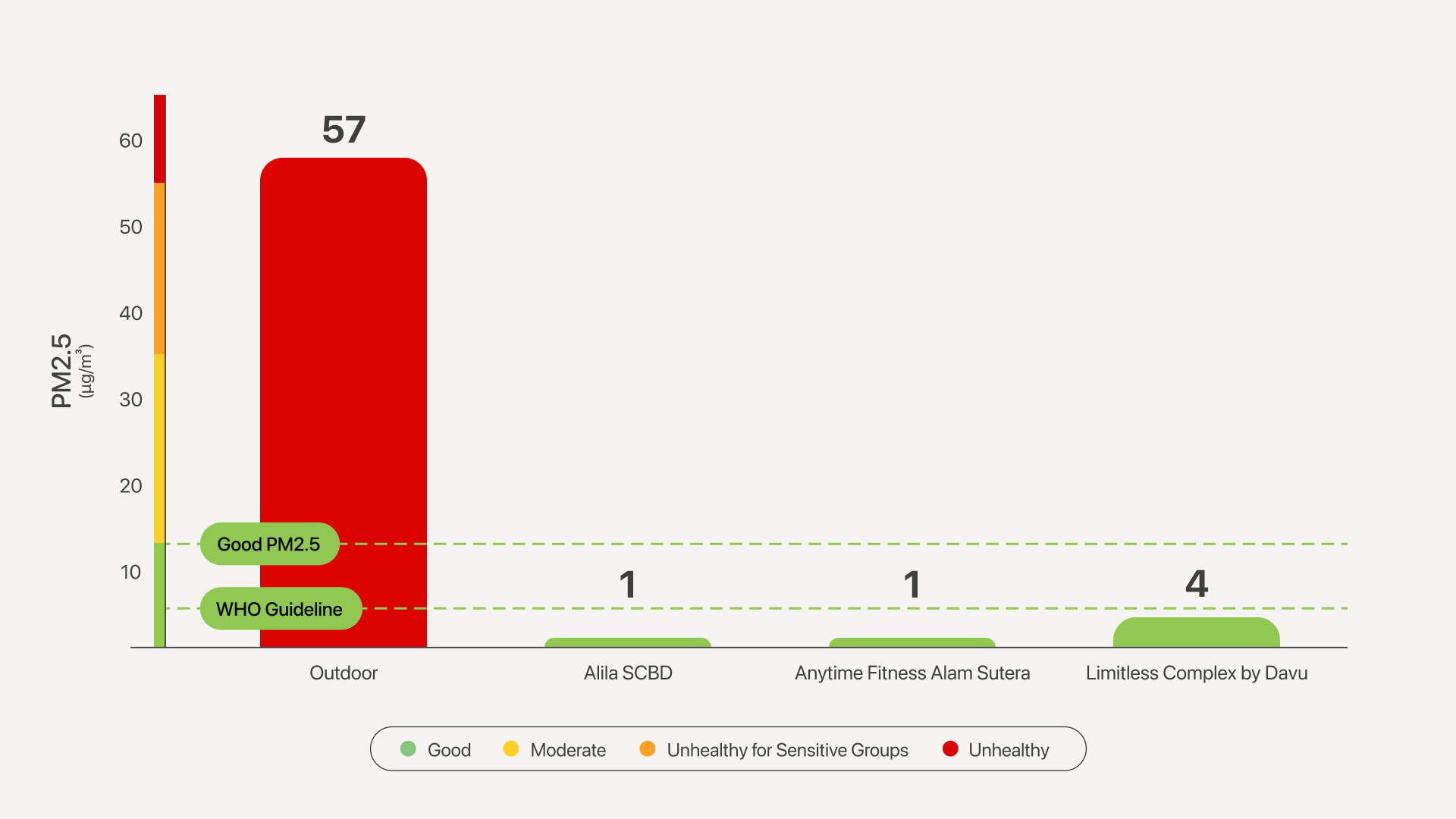
Don’t let bad air season affect your health and the people we care about, Clean Air Zone protects your healthy air inside!
Wanna make your Home, School, Gym, and Office to be part of Clean Air Zone?
Subscribe now with promo code : NAFASCAZ
